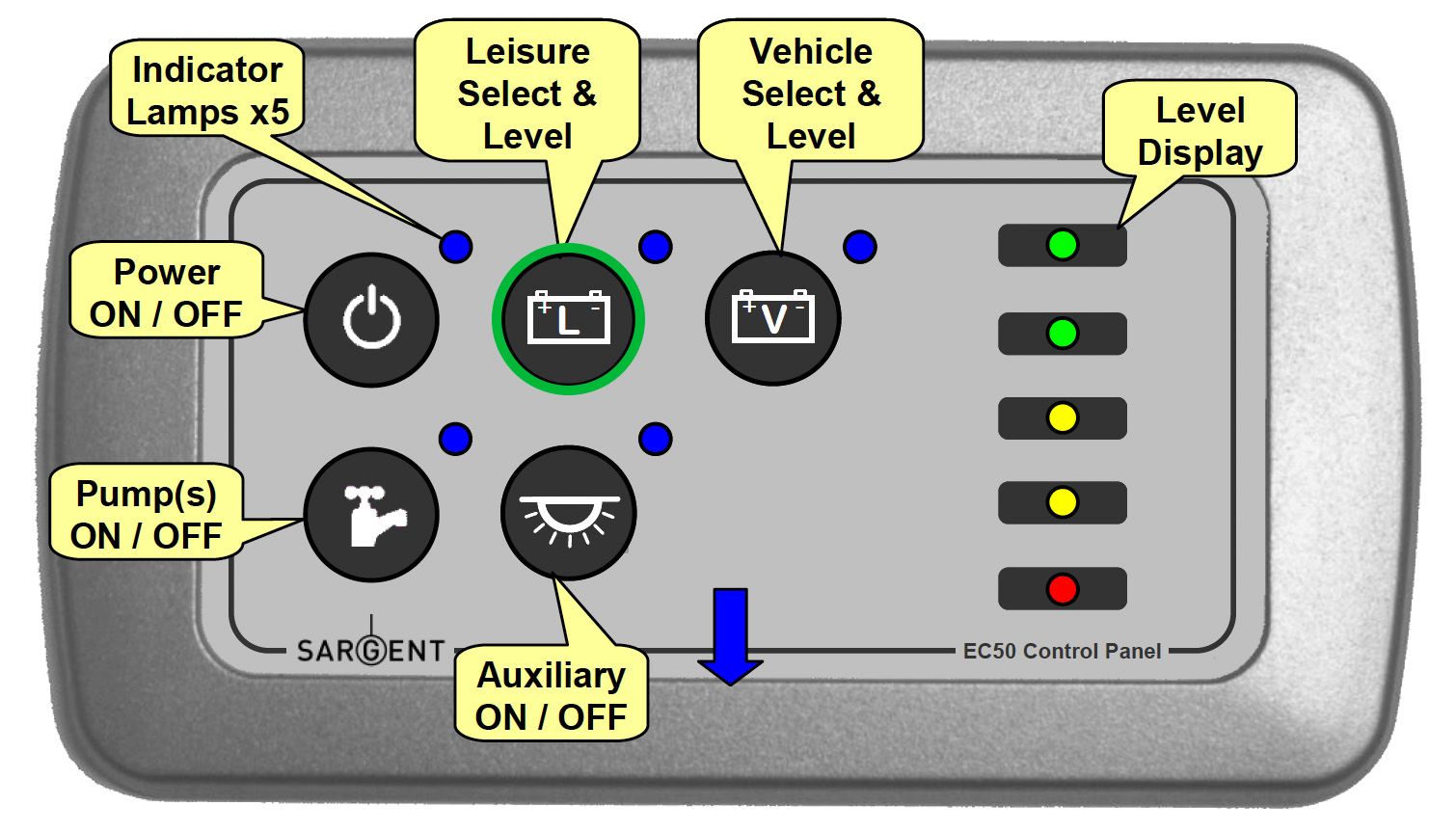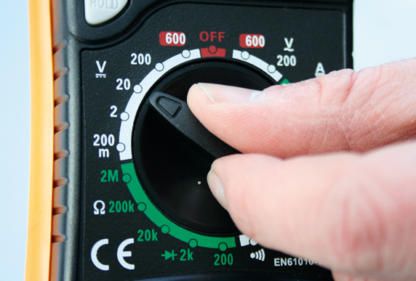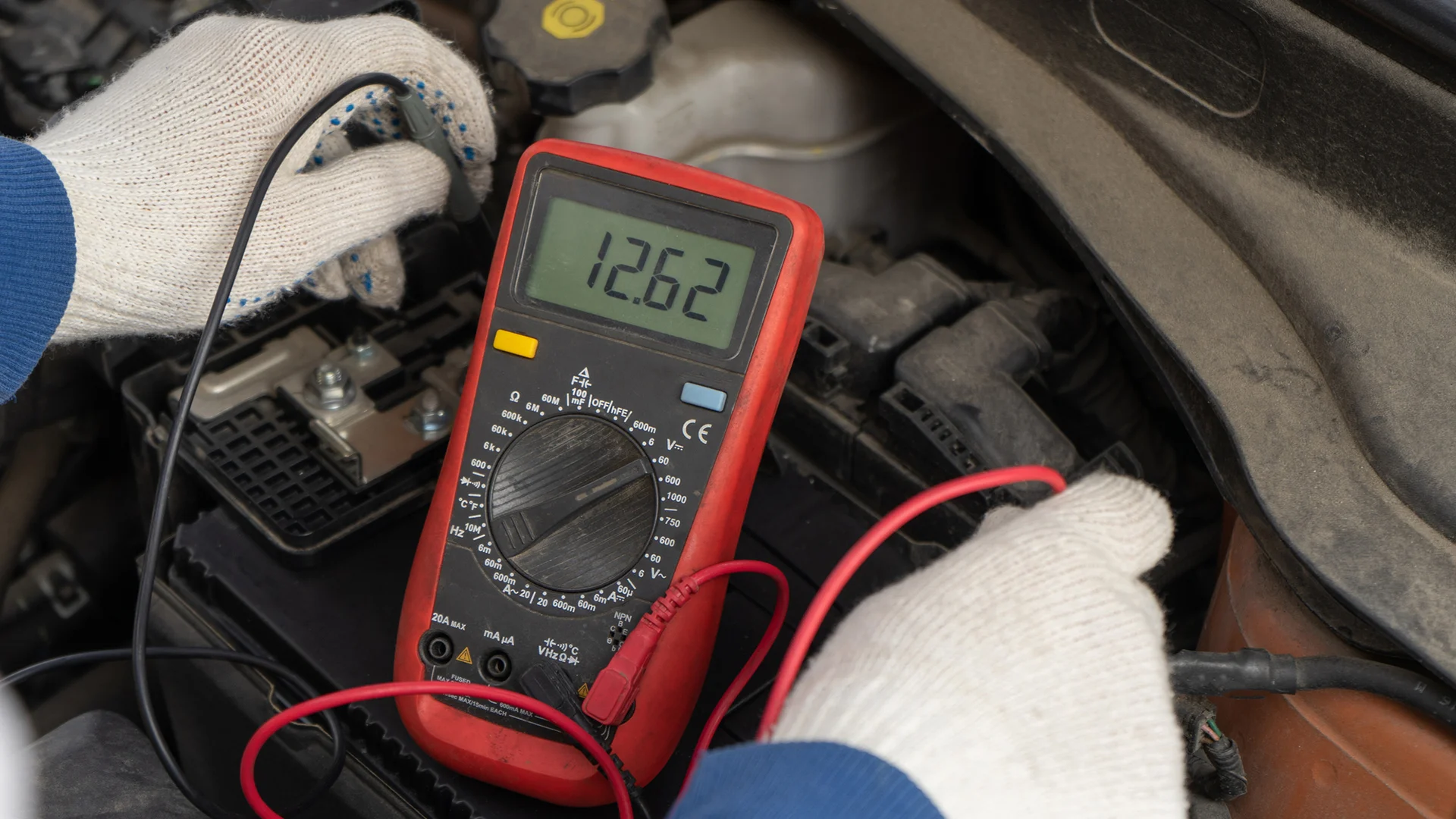Leisure battery maintenance
Your Go-Pod comes with a 12V 85Ah leisure battery included. This has been standard for many years and so every Go-Pod produced from 2013 onwards should have the same battery specification.
Caravan leisure batteries are significantly different to car batteries, as they're designed to provide a constant and steady flow of power for longer periods. Car batteries are designed to provide larger surges of power in short bursts, to start the engine. Caravan leisure batteries are also known as 'deep cycle' batteries.
As with every battery, you'll need to perform regular checks and maintenance to ensure its longevity and avoid needing to replace it more than necessary.
Checking charge level
You should regularly check your Go-Pod's leisure battery charge level to ensure that it doesn't drop too low. Any battery allowed to drop below 12.4V will begin to deteriorate quickly and lose some of its original capacity, meaning it will be able to hold less charge, and therefore will power your Go-Pod for shorter periods of time - eventually leading to a replacement being required.
A 'good' leisure battery will give a reading of between 12.6V and 12.7V when fully charged. This is the optimal level and will ensure the longevity of the battery.
When checking the reading of your battery, you should allow it to 'rest' for at least 1 hour - preferably for a period of 24 hours. This means that it should not be on charge, either via mains electricity hookup or via your vehicles tow electrics. If you don't allow the battery to rest for a sufficient amount of time, the voltage reading taken will be inaccurate.
To check the charge level of your Go-Pod's leisure battery, you can:
1. Press the battery icon button with an 'L' inside (to indicate leisure battery) on your Sargent control panel.
Press this once and the LEDs on the right hand side of the control panel will illuminate, showing the current charge level. If the leisure battery has dropped below 9V, the red LED at the bottom will illuminate and an alarm will sound for 1 minute before power is automatically switched off.
This isn't the most accurate way of determining the charge level of your leisure battery, but will do in a pinch and is useful for a quick check when you don't have a multimeter to hand.

2. Use a multimeter.
Before using a multimeter to check the voltage reading of your battery, ensure that all appliances and systems are switched off. Make sure that the Sargent control panel is not switched on, and you are not connected to mains electricity hookup.
To measure the voltage reading, you'll need to locate your battery (it will be in one of the under-seat storage bunkers - the position has changed a few times over the years) and remove the battery box cover. You may need to remove small black plastic or rubber covers to expose the battery terminals.
You should then switch your multimeter on and ensure that it is set to measure DC current - this is usually indicated by a dashed line and a solid line above the letter 'V' on the multimeter display. Rotate the dial on the multimeter to set it to '20' - this means it is set to measure current between 0V - 20V.
Place the red contact of the multimeter onto the positive terminal of the battery (indicated by a '+' sign), and the black contact onto the negative terminal (indicated by a '-' sign). Your multimeter will then display a reading of the current voltage level.
A fully charged battery should give a reading of between 12.6V to 12.7V.
If your battery isn't fully charged, here's a rough guide to estimate the approximate charge level based on the voltage readings:
Meter Reading Approximate Charge Level
12.7V or above 100%
12.5V 75%
12.4V 50%
12.2V 25%
12V or less Discharged


Battery maintenance
It's advisable to perform maintenance of your battery at least annually, but ideally once every few months. For your peace of mind, check the battery level before you go away in your Go-Pod and perform a visual inspection of the battery box and terminals.
Caring for your battery
You should clean the battery tray annually, removing any dirt or debris, and apply a thin film of petroleum jelly or vaseline to the terminals. This helps to protect them from rust and ensures greater longevity of your battery.
When your Go-Pod is not in use for a month or longer (if it's in storage over winter, for example) you should try to fully charge the battery at least once a month to prevent degradation. If a battery is allowed to drop below 40% charge, sulphation can occur which damages the battery and reduces the overall capacity. In the worst cases, sulphation can render a battery useless and require replacement.
If your Go-Pod has a solar panel installed on the pop-top roof, this will help to maintain the charge level, but the amount of power provided by the solar panel will vary greatly depending on its exposure to sunlight. In the winter months, this will be far less due to shorter daylight hours, overcast conditions and reduced strength of sunlight.
If possible, always try to fully recharge your battery before leaving a campsite. If this isn't possible, plug it into mains electricity at home before returning it to your storage facility.
Disclaimer
Red Lion Caravan Centre Ltd cannot be held responsible for any injury, damage, expenses or losses caused by following the contents of this guide without following due diligence and taking due care.
By accessing our website, you agree to indemnify and hold us and any of our officers, employees and agents harmless from and against all and any expenses, losses, liabilities, damages, costs or expenses of any character incurred or suffered and any claims or legal proceedings which are brought or threatened, in each case arising from your use of, or conduct on, the Website and/or a breach of the Acceptable Use Policy.
